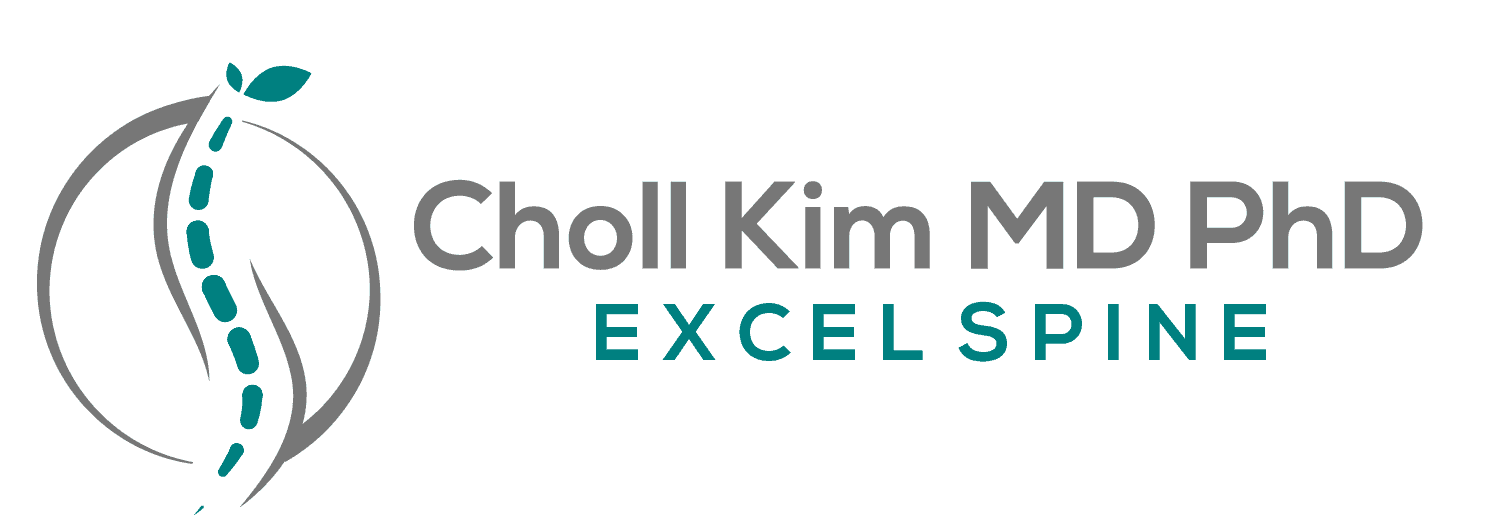
Are you constantly looking down at your phone—and now your neck is paying the price?
You might be dealing with tech neck, a common cause of neck pain in this digital age.
As a spine surgeon, I hear this all the time:
“I didn’t do anything major—I just started having this nagging pain in my neck and shoulders.”
If that sounds familiar, keep reading. You’re not alone—and the good news is, there are things you can do today to fix it.
What Is Tech Neck?
Tech neck is the strain and pain that develops from spending long hours with your head tilted forward while using your phone, tablet, or laptop. This position increases stress on your cervical spine, leading to tightness, soreness, and stiffness.
When your head tilts forward just 45 degrees (as it does when looking down at your phone), it can feel like you’re putting 40–50 pounds of pressure on your neck.
Common Tech Neck Symptoms
Wondering if you have tech neck? These are the most common signs:
- Neck pain or stiffness (especially after screen time)
- Shoulder tightness
- Upper back soreness
- Headaches at the base of the skull
- Tingling or numbness in the arms or hands (in more serious cases)
If you’re experiencing any of these, it’s time to take action before it gets worse.
Is Tech Neck Serious?
While tech neck may sound harmless, chronic poor posture can lead to more serious conditions over time, including:
- Herniated cervical discs
- Nerve impingement
- Degenerative disc disease
While more research is still needed, it makes sense anatomically that looking down at a screen for hours could lead to cumulative stress on your neck.
How to Fix Tech Neck: 3 Expert-Recommended Tips
You don’t need to give up your phone to relieve tech neck—you just need to be smarter about how you use it. Here’s what we recommend:
1. Set a Timer to Move
Every 10–15 minutes, take a moment to sit up straight, stretch, or change your position. Staying in one posture too long—especially a slouched one—is a fast track to pain.
2. Raise Your Screen
Keep your phone or tablet at eye level to avoid looking down. Use a phone stand, magnetic mount, or laptop riser to make this easier throughout the day.
3. Strengthen Your Neck Muscles
Your neck muscles are your body’s natural brace. Add exercises that improve posture, coordination, and muscle endurance to your regular workout routine. Think of it as building the world’s best internal neck support system.
When to See a Spine Specialist
If your pain:
- Isn’t improving with rest and posture changes
- Includes numbness or weakness in the arms
- Disrupts sleep or daily activities
…it may be more than just tech neck. In these cases, imaging like an MRI may be helpful to rule out more serious issues.
Get Help for Neck Pain at Excel Spine
At Excel Spine, we help patients get to the root of their neck and back pain. Whether you’re dealing with tech neck, a herniated disc, or a pinched nerve—we’ll guide you through your options and get you back to doing what you love.
Need a second opinion? We offer free MRI reviews.
Want to learn more? Watch our short video on tech neck here.
